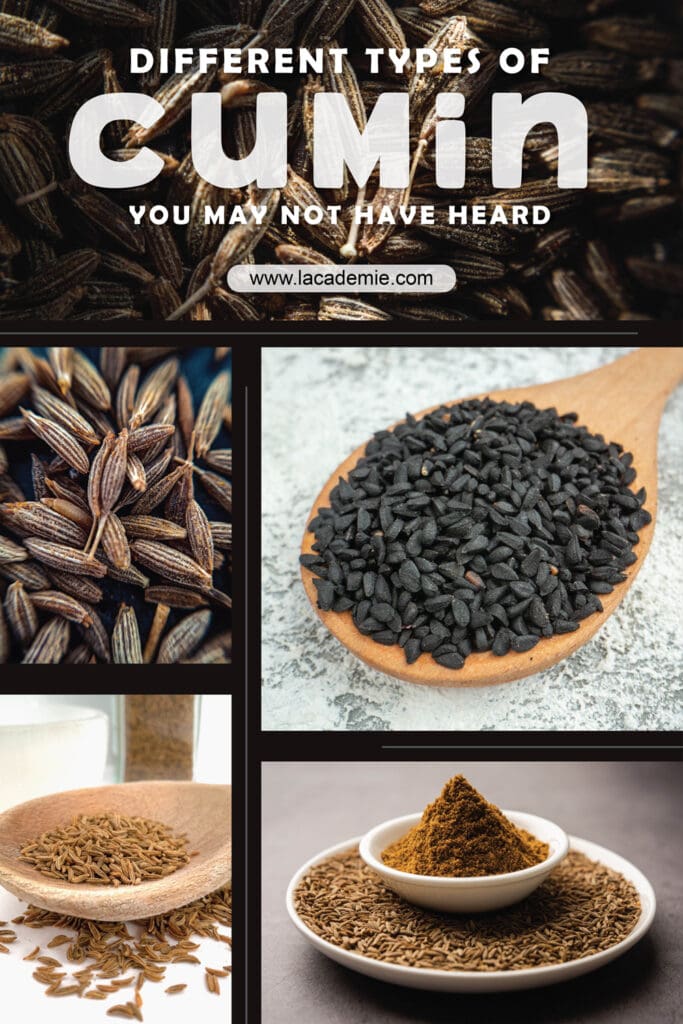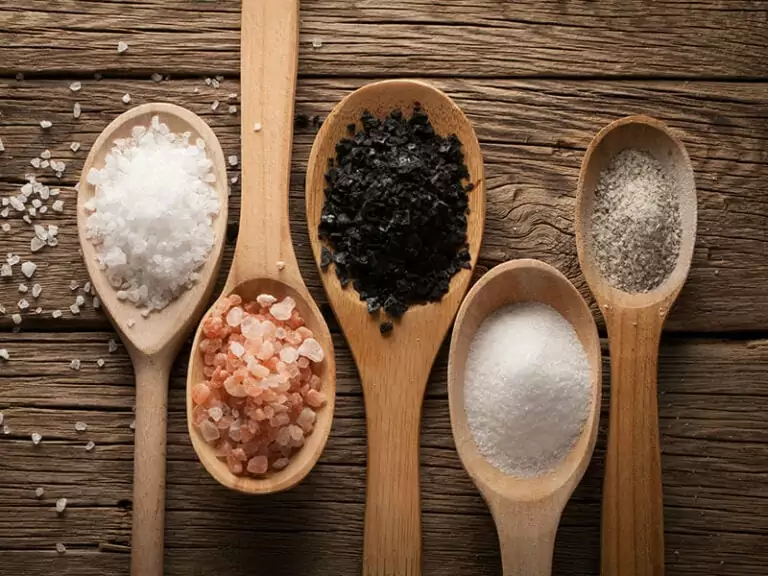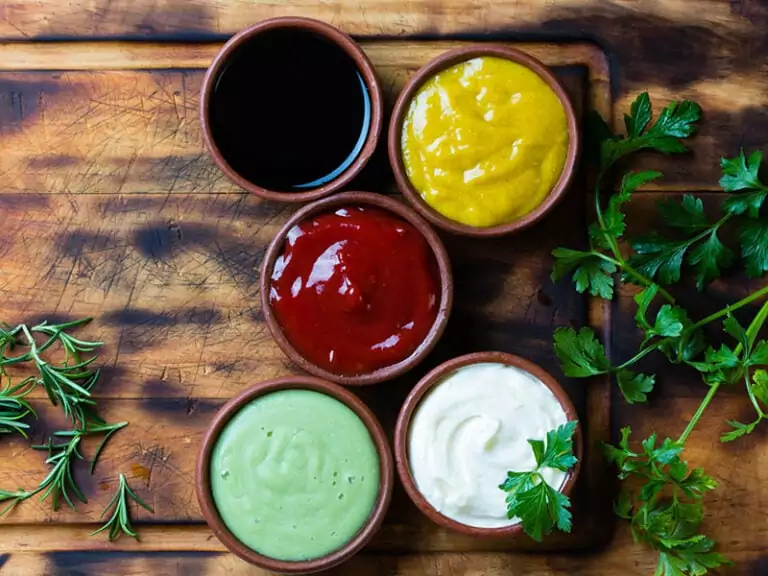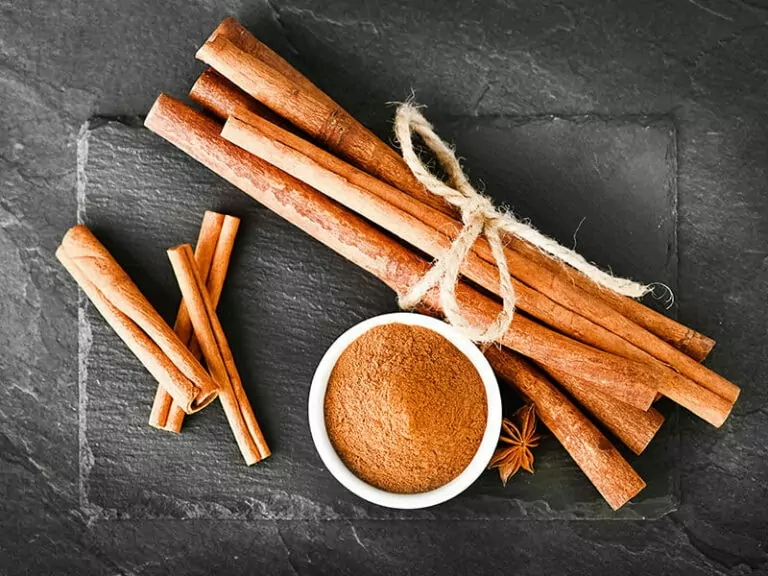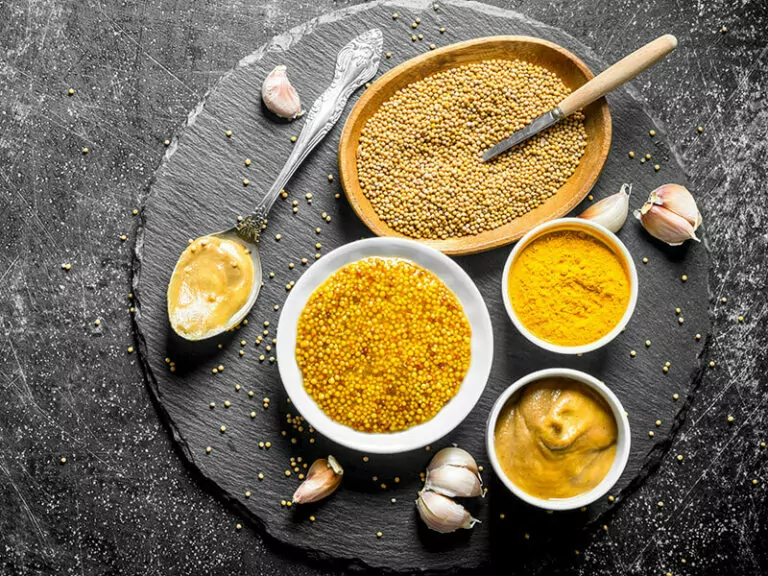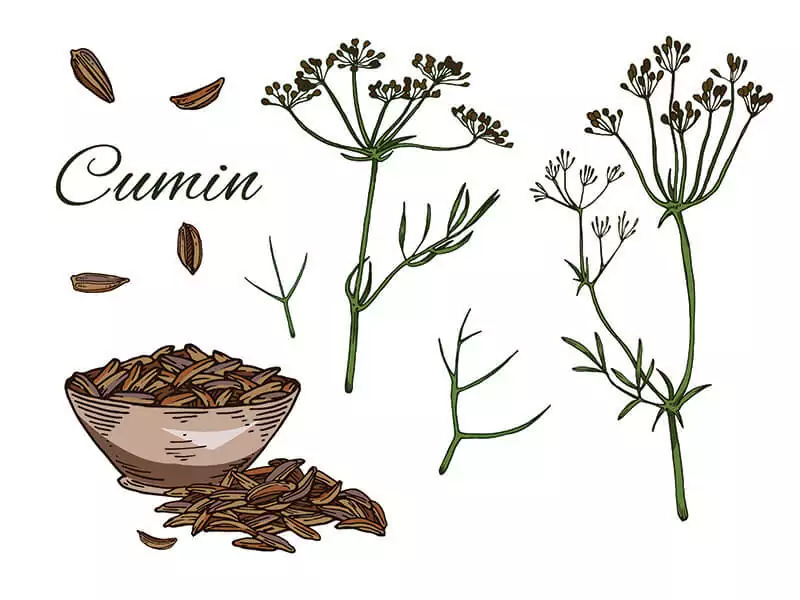
If you are here in this post, you must be so curious about different types of cumin, right? I just want to tell you that you’ve come to the right spot! I will provide everything you need to know about these popular seeds!
Cumin is widely used around the world, like black pepper, but there are more species of cumin than you imagine! I guarantee that after reading this article, you can at least tell apart all of them and pick the most suitable one for your upcoming dishes!
Introducing Cumin
Although cumin is such a popular spice name to everyone, not many people really know about its origin, characteristics, or ways to deal with it! Before you come to the most important part of this article, let’s learn something about this amazing seed!
What Exactly Is Cumin?
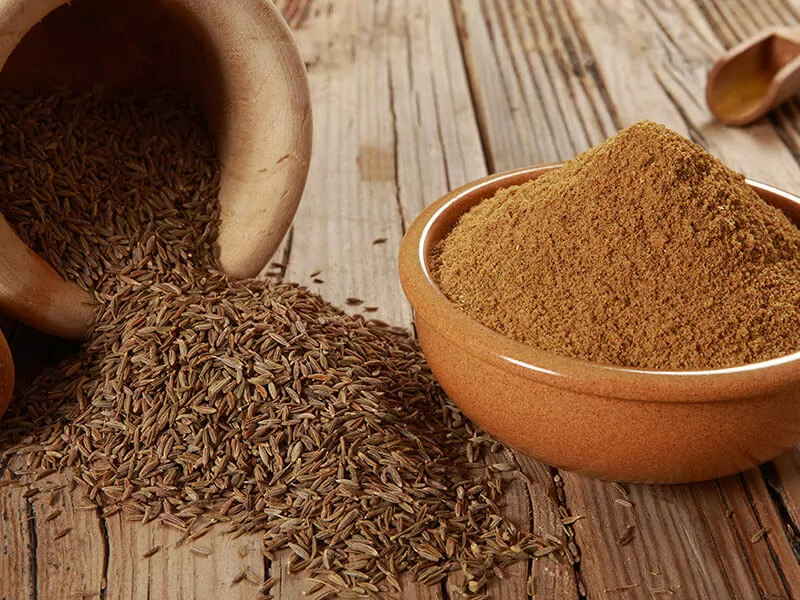
Cumin is the name of a flowering plant originating from the Irano-Turanian Region. It is an outstanding member of the family Apiaceae. This plant produces cumin seeds, which are one of the most popular seeds as a spice in the world!
Both cumin plant and seed can be used for culinary purposes, especially in Indian cuisine, in different forms such as ground-powdered or whole. They can add a distinctive and robust flavor to your dishes. You can also use cumin to cure some specific illnesses.
If you are looking for the flavor profile of cumin, reach the next section to find out how different types of cumin differ in taste and many other factors! I bet that you can learn a lot from them!
3 Common Methods Used For Cumin
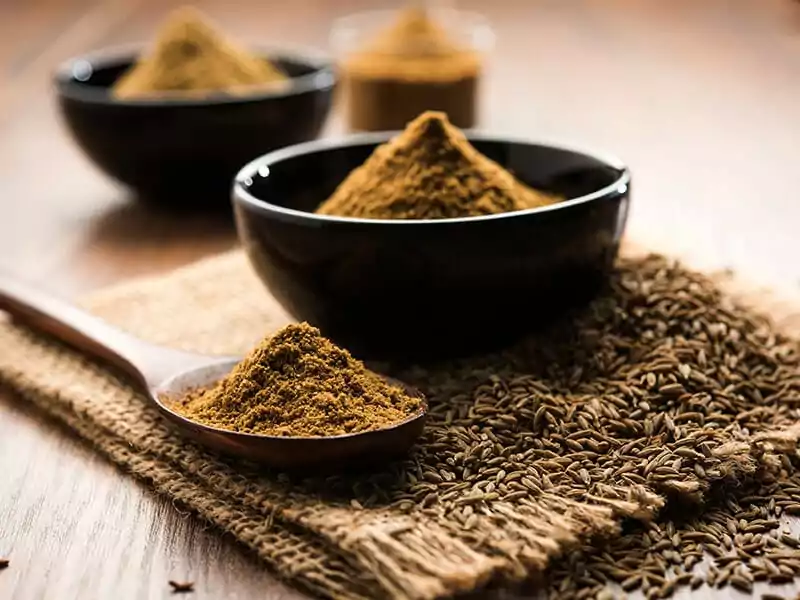
So, what can you do with cumin? You can always apply these below methods, or just simply buy the commercial cumin ground from the grocery store. But here are some typical ways to deal with cumin for preservation or further usage!
Roasting Cumin
You can roast the dried cumin seeds on a skillet with medium heat. Stir the seeds occasionally, or else they will be burnt. Keep stirring for about 2 to 5 minutes and turn off the heat. Allow the seeds to cool down and store them carefully in a dry place.
Crushing Cumin
In the most traditional way, you can pound the cumin seeds using a mortar and pestle. By doing this, you may easily adjust the texture of the powder, which ranges from rough to fine powder.
Cumin Powder
You can combine the two above methods to make the cumin powder! The roasted seeds seem to smell more aromatic and nutty than the raw. Use a blender for faster crushing the seeds to your desired texture. Then, store the powder in an airtight container for future use.
You may want to add ground or powdered cumin in a spice mix, or to your savory dishes for an earthy and nutty flavor! Ground cumin can help add depth to most dishes.
Learn how to make cumin powder with some simple steps!

5 Types Of Cumin That You May Have Missed
Here comes the most important part you are all waiting for! The five most popular types of cumin are listed here in this section! Find out the differences between these cumin varieties and you will know which one is appropriate to use in your dishes or for other purposes!
1. Cumin (Cuminum Cyminum)
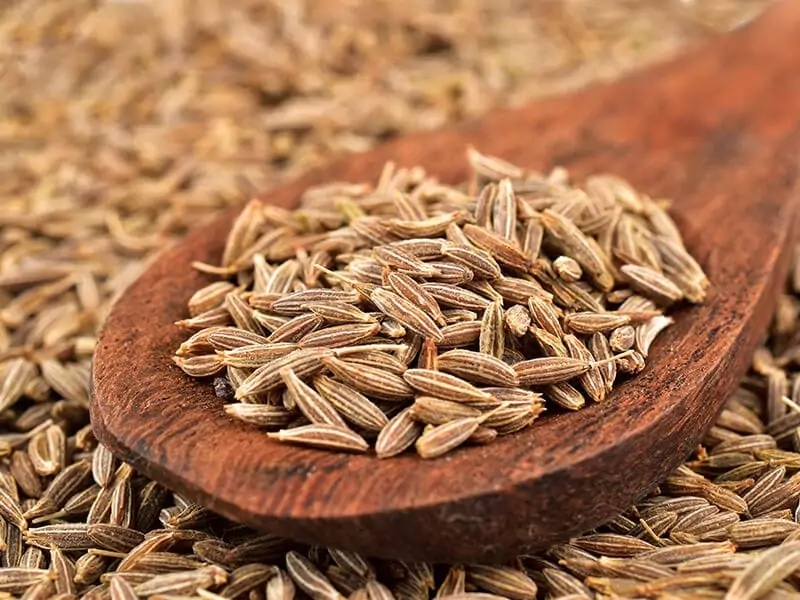
Cumin seeds literally appear everywhere on this planet! The dried seed in the Parsley family is native to the East Mediterranean to South Asia. You can find it in Egypt, Turkey, India, Pakistan, Mexico, Chile, China, and many different parts of the world!
Standard cumin seeds resemble caraway seeds and other Parsley family members for their oblong shape, yellow-brown color, and ridged cover. It has a warming and slightly sweet flavor with a nutty note. If you want to add an earthy scent to your dish, try cumin!
Cumin is available in both seed form and powder-grounded form. You may want to sprinkle some roasted cumin on salads, coleslaw, and veggies. Cumin also adds depth to most dishes, especially soups and stews. It is also used in place of black pepper.
In medical dressing, cumin also helps treat diarrhea, reduce inflammation, support digestion, lower cholesterol levels in the blood, etc. Cumin in any form is packed with iron and many other nutrients.
Let’s learn some more about the spectacular cumin!
2. Bitter Cumin (Kashmiri Jeera/ Shahi Jeera/ Cuminum Nigrum)
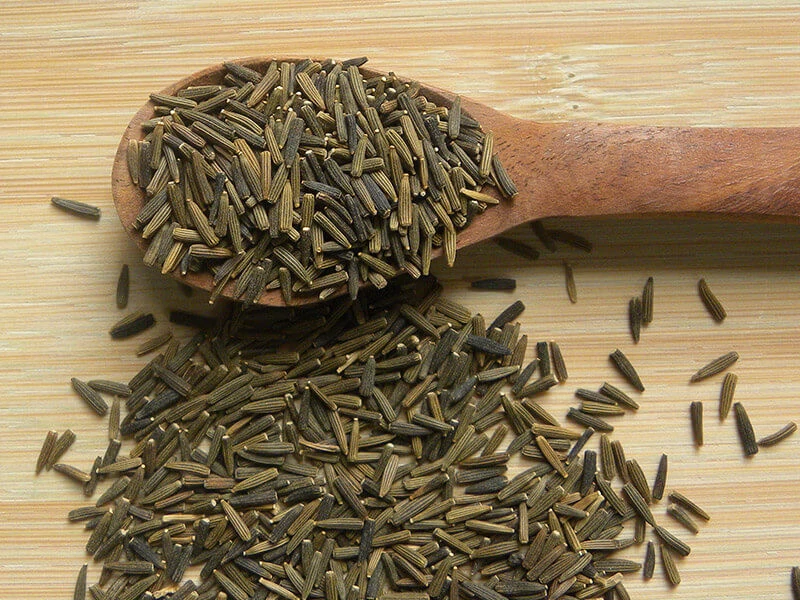
Bitter cumin is native to Central Asia and Northern India. It is a traditional and popular spice in Indian culture, especially in Moghul and Kashmiri gastronomy.
Of course, bitter cumin tastes bitter and maybe a little too bitter for some people. It has an oblong shape with a pale green to dark green color.
You can use bitter cumin for some medical purposes and health boosting. It can join a hand in treating coughs, digestive problems (stomachache, diarrhea), relieving cramps and bloating, etc. Other amazing health benefits are controlling the heartbeat and stimulating appetite.
3. Black Cumin (Nigella Sativa/ Kalonji)
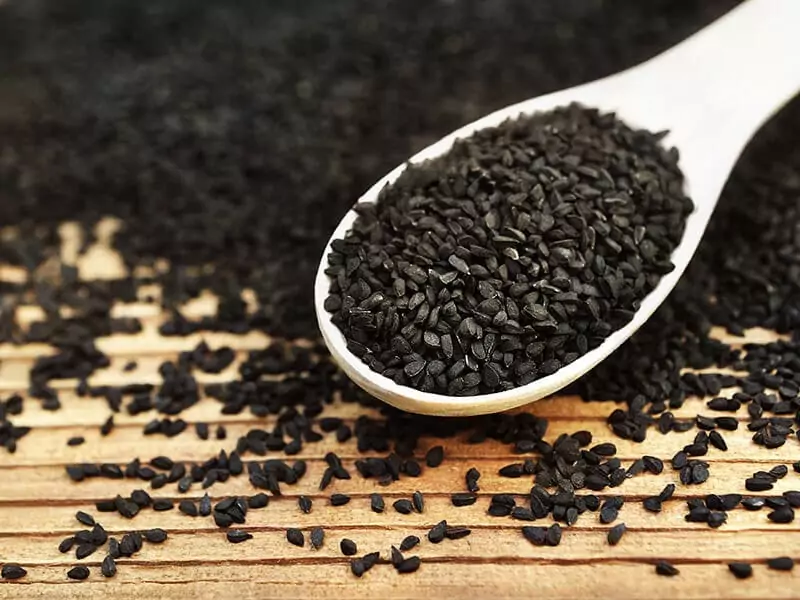
Black cumin mostly shows up in South Europe, Middle Easter Mediterranean, Southwest Asia, and Northern India. It is especially used in Indian cooking as a traditional spice in steamed or stir-fried vegetables.
Black cumin seed is also popular in Middle Eastern and North African cuisines. In Middle Eastern cooking, people use it for lamb roasts, sausages, veggies, and ground meat dishes.
In North Africa, it is a must-have spice for tagines, a meat stew dish famous in Libya, Algeria, and many other countries.
The appearance of black cumin is exceptional – it is almost black like charcoal. It is also smaller and thinner than most types of cumin. Its flavor is a mixture of oregano, black pepper, and onion taste, which is sweet, lemony with a bitter note.
As for the flavorful taste and brilliant profile, black cumin sometimes stands in place of fennel seeds and helps add depth to dishes. It can be the most delicious and healthy spice you may have!
Black cumin is truly a “miracle spice” for your health!
4. White Cumin
White cumin is a versatile ingredient that can appear in a lot of spice blends. It is renowned in Mediterranean, Mexican, Middle Eastern, and Asian cuisines. It is used to enhance meats, vegetable curries, rice, savories, and many more dishes!
White cumin seed has a warm, earthy taste with tart and bitter undertones. It’s a very strong and aromatic spice, partly because of its oil content. There is a huge amount of oil inside the tiny seed. It has a whitish cover and oblong shape like other cumin types.
5. Brown Cumin
Brown cumin is actually a brother of black cumin. However, brown cumin seeds are bigger and fatter than black cumin seeds. It is usually used in Indian and North African foods. You may also find this type of cumin in Mexican cuisine.
Brown cumin also consists of warm, earthy, and peppery notes in taste. Its seed or powder can enhance the flavor of root vegetables, curries, legumes, grain, and meat dishes.
6 Most Popular Cumin Substitutes For Emergencies
In case you cannot find any cumin in your kitchen, here are some best replacements that you can use! These seeds can always stand in place of cumin seeds or powder in a dish and still keep the flavor and aroma that cumin brings!
| Substitutes For Cumin | Recommended Ratio |
| Caraway Seeds | 1 teaspoon of cumin = ½ teaspoon of caraway |
| Cinnamon | By your preference |
| Coriander | 1 teaspoon of cumin = ½ teaspoon of coriander |
| Garam Masala | 1 teaspoon of cumin = ½ teaspoon of garam masala |
| Fennel Seeds | 1 teaspoon of cumin = ½ teaspoon of fennel |
Caraway Seeds
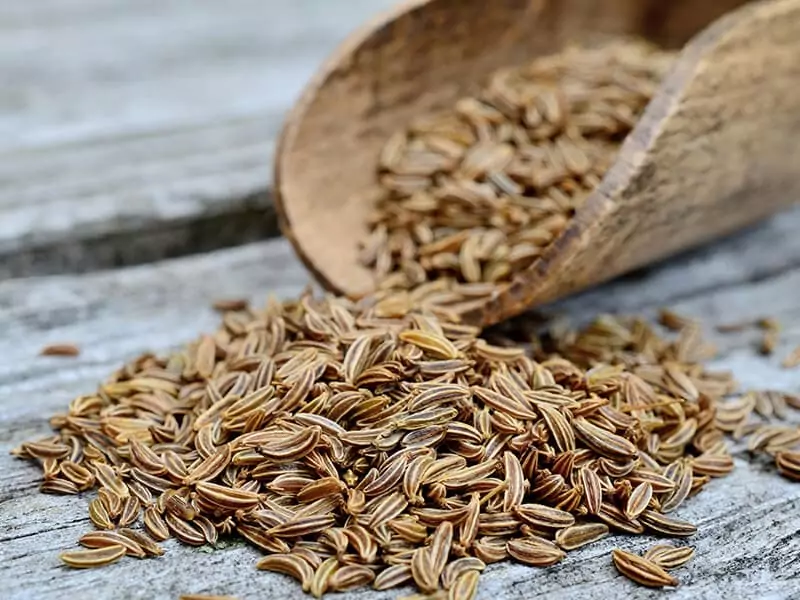
The most similar seed type to cumin is undoubtedly caraway seeds! They have almost the same appearance with an oblong shape and brown color. They are both from the Parsley family and also taste alike, but caraway is somehow milder than cumin and has a licorice flavor.
You can add caraway with half the amount that the recipe calls for cumin, then taste the dish and adjust it by your preference.
Let’s make the best crackers ever using caraway seeds!
Cinnamon

Cinnamon is famous for its ability to add pleasant aroma and warmth to a wide range of dishes. You can easily make a dessert dish using cinnamon for flavoring! As a substitute for cumin, cinnamon can boost your dishes with the same heat as cumin!
You can adjust the amount of cinnamon in a recipe calling for cumin by your likings. Just add and taste until it is fine to your taste!
Coriander
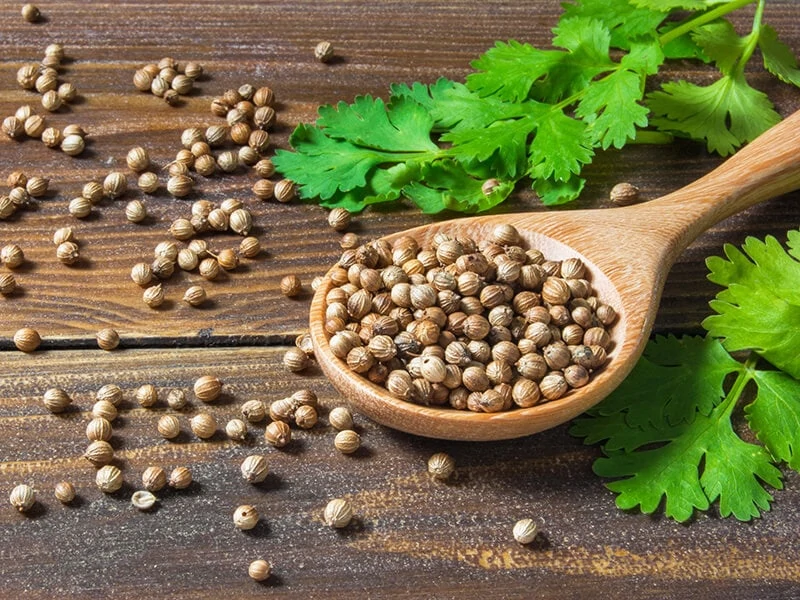
Coriander also belongs to the Parsley family, and its taste resembles cumin with distinct citrus and nutty flavor. Both of them are very earthy and work really well in Indian dishes such as curry. Coriander also consists of the same heat as cumin! How amazing!
Once again, if the recipe needs one teaspoon of cumin, you just have to add ½ teaspoon of coriander, seeds in place of seeds, powder in place of powder. Then, you can adjust to your own taste.
Garam Masala
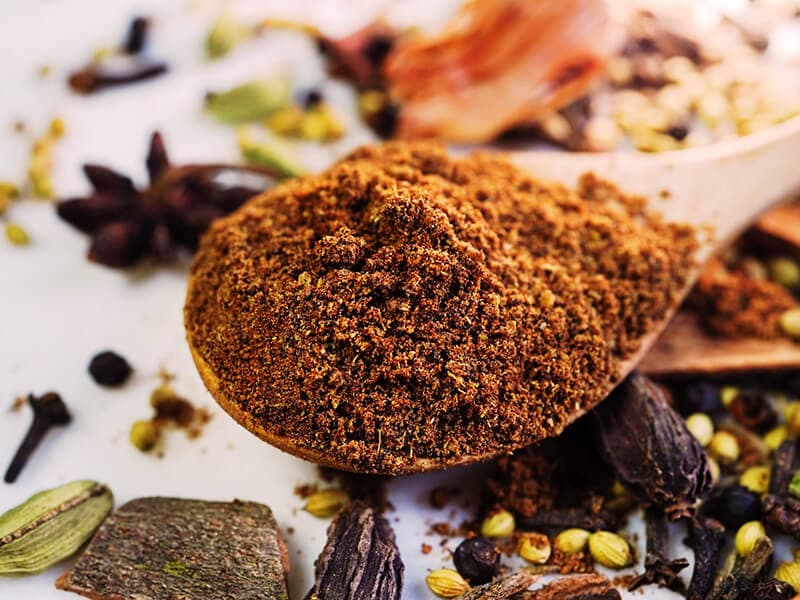
For those who are into Indian cuisine, Garam Masala is not a stranger! It is a famous spice mix that includes a lot of different spices and herbs. It can add a pleasant warmth and aroma to your Indian dishes in place of cumin!
Like other cumin substitutes, you may want only to add ½ teaspoon of Garam Masala to replace one teaspoon of cumin, then taste and decide to stop or add more of it to the dish.
Here’s everything included in Garam Masala – the famous spice blend of India!
Fennel Seeds
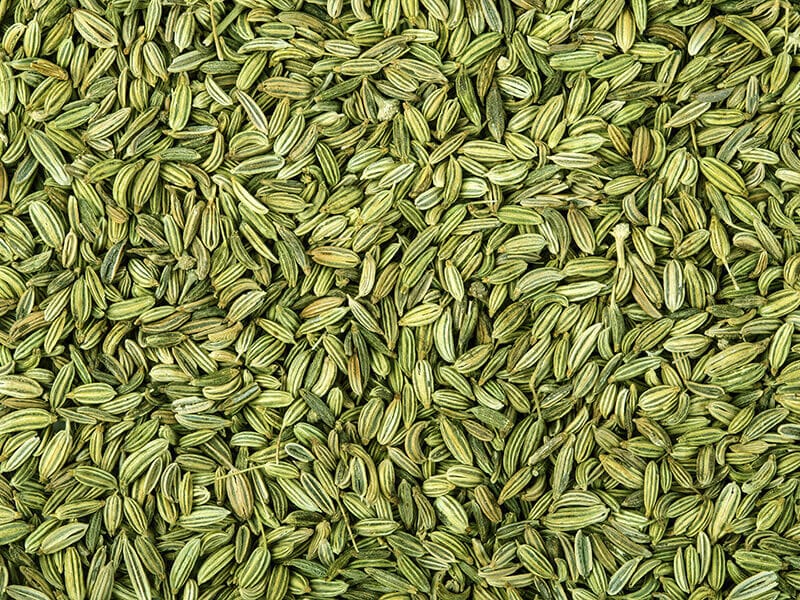
Fennel seeds may taste a little bit different from cumin, but they can also be an acceptable replacement for cumin. Fennel actually includes a less intense licorice taste that is also a characteristic of cumin. Therefore, it is safe to use them in place of cumin seeds.
Just half a teaspoon of fennel seeds is enough for a teaspoon of cumin in a dish!
Which Cumin Type Will Be The Choice Of Your Life?
I have revealed all of the different types of cumin that you are so curious about! They seem to be alike but actually have a lot of distinctive characteristics and ways to use! Every species of cumin is a great spice and extraordinary medicine for you!
Has this article satisfied you? If your answer is yes, like and share this post to spread the word to your family members and friends! Want some more articles like this? Subscribe to the newsletter now and get notified when there’s something new!
Also, comment below if you have something to ask or tell me. I would love to answer all of your comments! Hope to see you soon!
